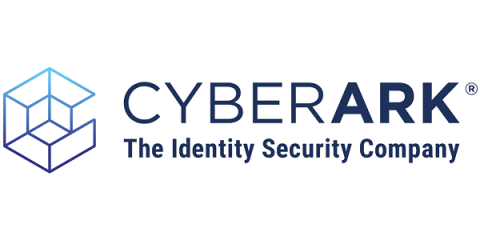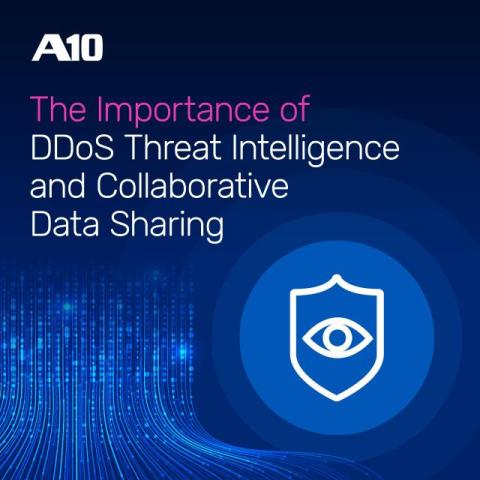Safeguarding Your Collaboration Tools: Tackling the New Favorite Targets of Attackers
Secrets in collaboration tools are becoming prime targets for attackers. Reduce your attack surface by extending GitGuardian automated secrets detection capabilities to Slack, Jira, Confluence, or Microsoft Teams. Ensure security wherever your teams collaborate!











